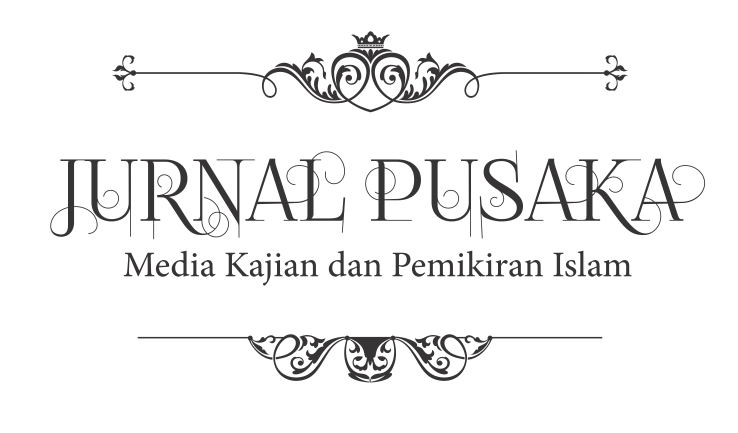KOBHUNG DALAM TRADISI SOSIAL, AGAMA, DAN EKONOMI MASYARAKAT MADURA
DOI:
https://doi.org/10.35897/ps.v11i2.647Abstract
This study aims to provide an overview of the Kobhung and its function in the social, religious, and economic traditions of the Madurese community. This research is a qualitative research with an ethnographic approach. The research concludes that the Kobhung is a typical building of the Madurese community which is different from the langghar due to several characteristics such as the building materials used and the availability of ablution places and bathrooms specifically in the langghar which is not present in the Kobhung. Kobhung is also different from langghar in several functions. The role social functions played by Kobhung are at least: (1) a place to relax with family; (2) a place to receive and entertain guests; (3) the place where the marriage contract (akad nikah) is held; and (4) the place of special invitees (kiai) in weddings and so on. The religion function of the Kobhung in the life of the Madurese community constitute: (1) a place for congregational prayer; (2) the place of prayer for the guests; and (3) the place where religious ceremonies and rituals are held (tahlil, and so on). The economic functions carried out by the community for Kobhung are as follows: (1) a place to store agricultural products; (2) a place to process agricultural products such as tobacco; and (3) the lower part is for shelter and resting for livestock.
Key words: Kobhung, cultural tradition, social, religion, society.
Downloads
Downloads
Published
How to Cite
Issue
Section
License
Copyright (c) 2021 JURNAL PUSAKA

This work is licensed under a Creative Commons Attribution 4.0 International License.




